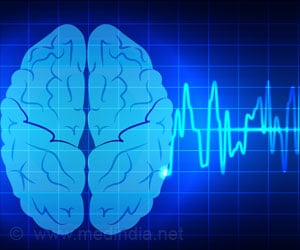A pilot study suggests that new machine learning algorithm combining electrocardiogram (EKG) and electronic health record (EHR) data, could be more effective in screening blood clots in the lungs.

TOP INSIGHT
The fusion artificial intelligence model outperformed its parent algorithms and was also better at identifying specific pulmonary embolism cases than other tests.
Moreover, current official diagnoses rely on computed tomography pulmonary angiograms (CTPAs), which are time-consuming chest scans that can only be performed at select hospitals and require patients to be exposed to potentially dangerous levels of radiation.
To make diagnoses easier and more accessible, researchers have spent more than 20 years working to advance computer programs, or algorithms designed to assist doctors in determining if at-risk patients are experiencing pulmonary embolisms. The results, however, have been mixed.
“For example, algorithms that used EHRs have produced a wide range of success rates for accurately detecting clots and can be labor-intensive. Meanwhile, the more accurate ones depend heavily on data from the CTPAs,” the press release noted.
Later, researchers discovered that fusing algorithms that rely on EKG and EHR data could be an effective approach, as EKGs are widely available and relatively easy to administer.
While some algorithms were designed to use EKG data to screen for pulmonary embolisms, others were designed to use EHR data.
In addition, a third fusion AI algorithm was created by combining the best-performing EKG algorithm with the highest-performing EHR one.
Researchers estimated that the fusion model was 15- to 30-percent more accurate when screening for acute embolism cases. Moreover, the model performed best at predicting the most severe cases and remained consistent regardless of whether race or sex was tested as a factor.
The team plans to further develop and test the algorithms for future clinical use.
Source-Medindia
 MEDINDIA
MEDINDIA




 Email
Email









